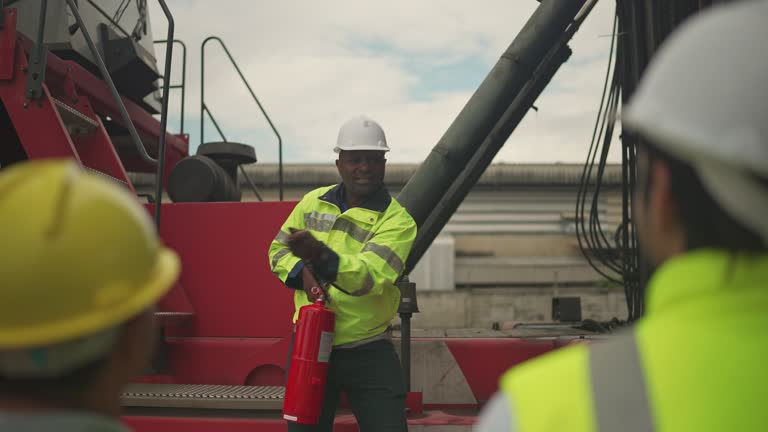Mobile cranes are essential in many industries, particularly in construction, where heavy lifting and transporting large materials are commonplace. However, operating such powerful equipment comes with significant risks. To mitigate these risks and ensure safe and efficient operations, mobile crane safety training courses have become an integral part of workforce development. These training programs are designed not only to meet regulatory standards but also to instill confidence in operators, enabling them to work safely and efficiently on-site. One of the primary goals of mobile crane safety training is to ensure that operators are familiar with the equipment, its mechanics, and the operational environment. A thorough understanding of how a mobile crane functions, its components, and the factors that affect its performance is critical to preventing accidents. This includes knowledge of load charts, rigging techniques, and understanding how environmental factors, such as weather and ground conditions, can impact crane stability. Without proper training, operators may miscalculate loads, overlook hazards, or mishandle the equipment, leading to potentially fatal accidents.

Safety training also emphasizes the importance of daily inspections and maintenance. Cranes must be checked regularly for any signs of wear or damage to key components such as cables, hooks, and outriggers. Training courses teach operators how to perform these inspections effectively, identify potential problems, and take corrective measures before an issue escalates. A well-maintained crane is less likely to malfunction, which significantly reduces the risk of accidents on-site. In addition to technical knowledge, mobile crane safety courses prioritize communication and teamwork. Crane operations often require collaboration between multiple workers, including signal persons, riggers, and ground personnel. Miscommunication between team members can lead to serious accidents, especially in high-pressure environments like construction sites and visit the page https://natl-safety.com/mobile-crane-operator-safety-training/. Training programs equip operators with the skills to communicate clearly and efficiently using hand signals, radios, and other communication tools. This fosters better coordination, reducing the likelihood of errors during crane operations. A significant benefit of mobile crane safety training is the increase in operator confidence. Many accidents occur due to operator hesitation or uncertainty, especially when handling heavy or awkward loads.
When operators are well-trained and knowledgeable about both the equipment and safety protocols, they are more likely to make informed decisions under pressure. This confidence translates into safer operations, as experienced operators can quickly assess and adapt to changing conditions without compromising safety. Moreover, safety training courses also cover regulatory compliance. Mobile crane operators must adhere to standards set by organizations like the Occupational Safety and Health Administration OSHA and the American National Standards Institute ANSI. These regulations are designed to protect workers and the public by establishing strict guidelines for crane operation. A comprehensive safety training program ensures that operators are familiar with these regulations and can implement them on-site, helping companies avoid costly fines and legal issues. In conclusion, mobile crane safety training courses are essential for both ensuring site safety and building operator confidence. By equipping operators with the necessary technical skills, safety protocols, and communication tools, these programs help prevent accidents, reduce downtime, and create a safer working environment for everyone involved.